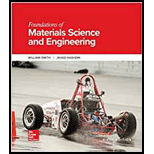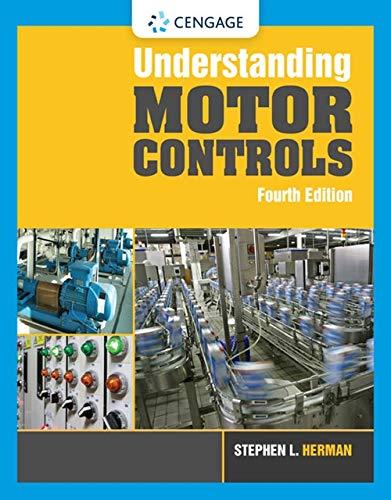
Concept explainers
(a)
The intrinsic electrical conductivity of
(a)
Answer to Problem 83AAP
The intrinsic electrical conductivity of
Explanation of Solution
Write the expression for the conductivity of
Here, the intrinsic carrier is
Convert the temperature from degree Celsius to Kelvin.
Write the expression for the conductivity of
Here, the Boltzmann constant is
Conclusion:
Refer to table 14-6 “ electrical properties of intrinsic semiconducting compounds at room temperature
Refer to table 14-6 “ electrical properties of intrinsic semiconducting compounds at room temperature
Here, the charge is
Substitute
Substitute
Thus, the intrinsic electrical conductivity of
(b)
The intrinsic electrical conductivity of
(b)
Answer to Problem 83AAP
The intrinsic electrical conductivity of
Explanation of Solution
Write the expression for the conductivity of
Here, the intrinsic carrier is
Convert the temperature from degree Celsius to Kelvin.
Write the expression for the conductivity of
Here, the Boltzmann constant is
Conclusion:
Here, the charge is
Refer to table 14-6 “ electrical properties of intrinsic semiconducting compounds at room temperature
Refer to table 14-6 “ electrical properties of intrinsic semiconducting compounds at room temperature
Substitute
Substitute
Thus, the intrinsic electrical conductivity of
Want to see more full solutions like this?
Chapter 14 Solutions
FOUND.OF MTRLS.SCI+ENGR.(LL)-W/CONNECT
- The following diagram (Attached) is band diagram of a CIS/CdS solar cell. Looking at the band diagram, can you explain why the spike-like conduction band offset is good for lower interface recombination?arrow_forwardEngineering science Distinguish elastic, electrical and magnetic hysteresis in different Materials.arrow_forwardGive an example of a nanomaterial that has electron confinement in a single dimension.arrow_forward
- The dependency between electron density and fermi energy (E) for a 2-D free electron gas is,arrow_forwardCalculate the packing fractions of (a) a primitive cubic lattice (b) a bcc unit cell and (c) an fcc unit cell.arrow_forwardA 90 wt% Cu - 10 wt% Ni alloy is known to have an electrical resistivity of 1.90 x 10-7 Ω * m at room temperature (25◦C). (a) Calculate the composition of a copper-nickel alloy that gives a room-temperature resistivity of 2.5 x 10-7 Ω * m. The room-temperature conductivity of pure copper is 6.0 x 107 [(Ω * m)−1] (from Table 18.1); assume that copper and nickel form a solid solution. (b) Briefly discuss the validity of your assumption that copper and nickel form a solid solutionarrow_forward
- Calculate the frequency of wavelength of electromagnetic radiation: 503 nm (wavelength of maximum solar radiation)arrow_forwardDraw and explain how the “photoelectric effect” is used in a solar panel to power up electrical devices in a building. Label the parts with explanations.arrow_forwardCalculate the energy of a photon of electromagnetic radiation at the wavelengths: 0.052 nm (wavelength contained in medical X-rays)arrow_forward
- Draw a plot showing the variation of photoelectric current with collector plate potential for two different frequencies, v1 > v2, of incident radiation having the same intensity. In which case will the stopping potential be higher? Justify your answer.arrow_forwardDistinguish elastic, electrical and magnetic hysteresis in different materials.arrow_forwardAt what speed must a proton travel in order to have the same de Broglie wavelength as an electron moving at 5 x 106 m/s?arrow_forward
 Understanding Motor ControlsMechanical EngineeringISBN:9781337798686Author:Stephen L. HermanPublisher:Delmar Cengage Learning
Understanding Motor ControlsMechanical EngineeringISBN:9781337798686Author:Stephen L. HermanPublisher:Delmar Cengage Learning Automotive Technology: A Systems Approach (MindTa...Mechanical EngineeringISBN:9781133612315Author:Jack Erjavec, Rob ThompsonPublisher:Cengage Learning
Automotive Technology: A Systems Approach (MindTa...Mechanical EngineeringISBN:9781133612315Author:Jack Erjavec, Rob ThompsonPublisher:Cengage Learning

